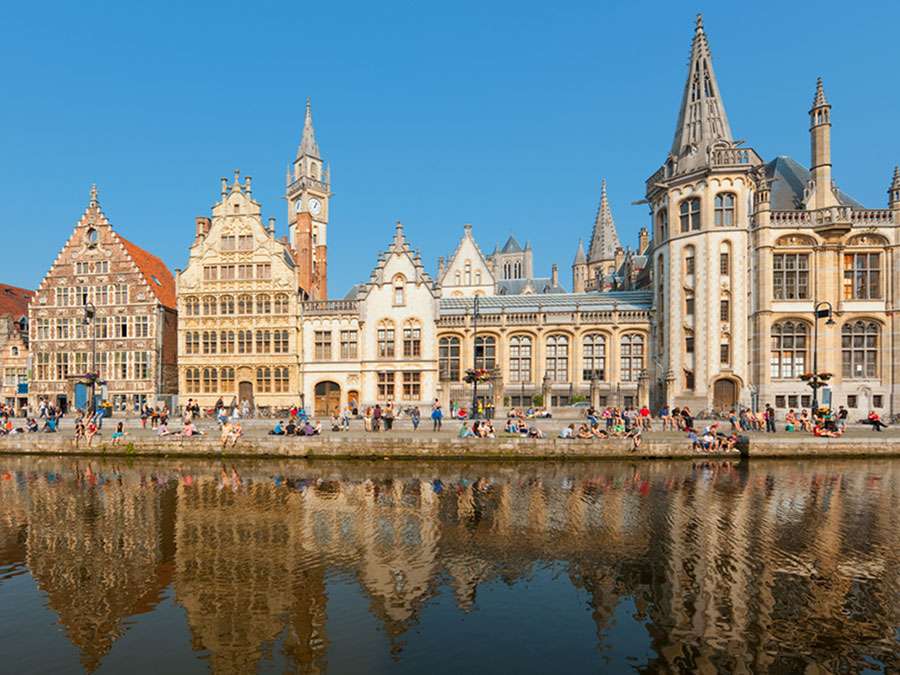Historic houses are an absolutely central and living part of our cultural heritage. They are found in many different types from remote small houses or estates in the countryside to impressive institutions, which, in the form of their architectural layout, language and use, tell centuries of history and provide perspective for the future.
I myself was born on a thatched farm from 1801. Apart from six erroneous months in a brand new apartment, I have always lived in old houses and buildings. As the owner of an apartment in Copenhagen, in a property from approx. 1655, I am very much aware that energy efficiency and energy renovation of historic houses is a very complicated and often almost impossible task if the requirements and recommendations of the conservation authorities are to be complied. Moreover, they must. Again - our physical cultural heritage is an irreplaceable part of our European soul.
Historic houses are our shared memory, and they will remember the future generations how we handled the climate crisis today. Especially if they end up only in the history books and on old paintings, because ill-considered and impatient energy renovations shatter the conservation values. We must act carefully to both climate needs and the preservation of our cultural landmarks while we wait for the access to plenty of clean and green energy at a price that is affordable and therefore acceptable in using a bit more heating because this keeps our unique, architectural and cultural heritage alive in their original form and materials.
Exemption for energy renovations
Therefore, if it is up to me - and I am my party group's negotiator of the revision of the Energy Efficiency Directive (EED) - historic houses should in principle be exempted from the requirement for energy renovations. Not because historical remembrance should not be part of the green transformation. They must, of course, to the extent possible and to the extent that it does not become too expensive for ordinary families to live in a historic house. When historic houses are renovated, the solutions are already more expensive than for modern standard construction.
If we look at the rest of the EU, many countries face a large task. An estimate is that almost 15 million buildings in the EU need to be registered as a listed house due to its historical value and importance.
When we revise, the EED instruments should be included that, once and for all, help historic houses to be declared worthy of preservation. One solution could be that houses on the waiting list for case processing are covered by the exemption provision and cannot be imposed or subsidized for energy renovations that could threaten the conservation value. After all, no one benefits from the fact that the waiting time shatters irreplaceable cultural heritage.
Does my principled position that historic, worthy of preservation houses should be exempted from the EED mean that nothing should happen for these homes and buildings to be actively included in the green transition? No. Interior insulation is one of the ways to avoid damaging the facade. It may not bring the house up in the most ambitious energy classes, but we need to save all the energy we can - also via the heating and cooling of historic houses - but without destroying our cultural heritage. In the contrary - we must show that the green transition in EU also bring more value to our cultural consciousness and physical landscape.


